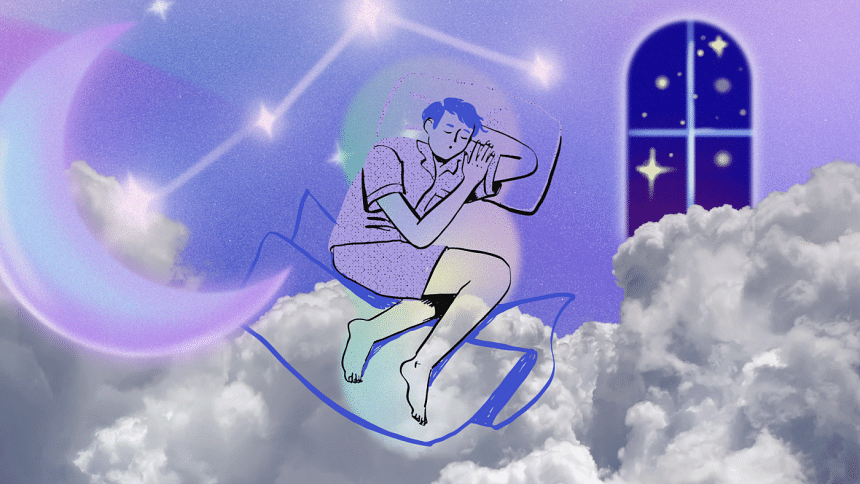The right way to take naps

Naps. Those much coveted few minutes (or hours, if you're like me) of shut-eye besides the regular nighttime rest.
It's a double-edged sword, though. On one hand, naps are associated with multiple health benefits. Research has shown that naps can promote healthy levels of adenosine, a neurotransmitter necessary for sleep and cognition. Naps can also boost the brain's ability to form long-term memories out of newly received information and even improve the immune system. On the other hand, not knowing the right way to nap can cost us our nocturnal sleep, which is irreplaceably essential to good health.
To ensure you don't fall prey to unhealthy napping habits and its unpleasant consequences, here are four things to consider before you indulge yourself with that siesta.
Keep it short and sweet
Tempting as it might be, don't take a nap that lasts hours. According to the Centers for Disease Control and Prevention (CDC), a nap of 15 to 30 minutes should be enough to recharge you. But if you're under pressure and your energy reserve is being depleted faster than usual (e.g. due to any illness or a late-night shift), you can opt for a 90-minute nap.
In this context, numbers are important. 15 to 30 minutes are enough time for your brain to recover from fatigue without going into deep sleep while 90 minutes mean you've completed one entire sleep cycle. Both time limits will ensure you don't wake up feeling groggy.
Nap early in the afternoon
When you should nap depends a lot on your personal daily schedule. When you wake up and go to bed, whether and what medication you use, when you're the busiest - all these factors come into play when you consider your ideal nap time. A good rule of thumb, however, is to sleep before 3 PM. Usually, napping at this time of the day means your nightly sleep won't be hampered by the midday snooze.
Pretend it's nighttime
Just because it's a light rest during the day, you shouldn't skimp on a restful sleeping environment. The CDC recommends lying down because that helps your brain to progress to deep sleep more easily and besides, it's just more comfortable! You should also look into minimizing noise and light around you so that you can fall asleep faster and more importantly, the quality of your sleep is not compromised in the few minutes you have at hand.
Caffeinate!
A surprising suggestion, but it makes sense. The CDC recommends sipping on some caffeinated drinks before heading to the bed for a nap because caffeine takes roughly 30 minutes to spike people's energy levels and that should coincide with the napper's wake-up time if they opt for a shorter nap. This way, it'll be easier for them to wake up and their chances of feeling slow and foggy after the nap will also be minimized.
With all that being said, it's good to note that like any other lifestyle practice, it all comes down to what works for you. There are some scientifically backed suggestions you should design your routine around, but your decisions should be personalized and made holistically.
References
1. Healthline (October 29, 2020). Your Complete Guide to Taking the Best Nap of Your Life
2. CDC.gov (April 1, 2020). Napping, An Important Fatigue Countermeasure
3. Mayo Clinic (November 9, 2022). Napping: Do's and don'ts for healthy adults
Fabiha is secretly a Lannister noblewoman and Slytherin alum. Pledge your allegiance and soul to her at [email protected]

 For all latest news, follow The Daily Star's Google News channel.
For all latest news, follow The Daily Star's Google News channel. 









Comments